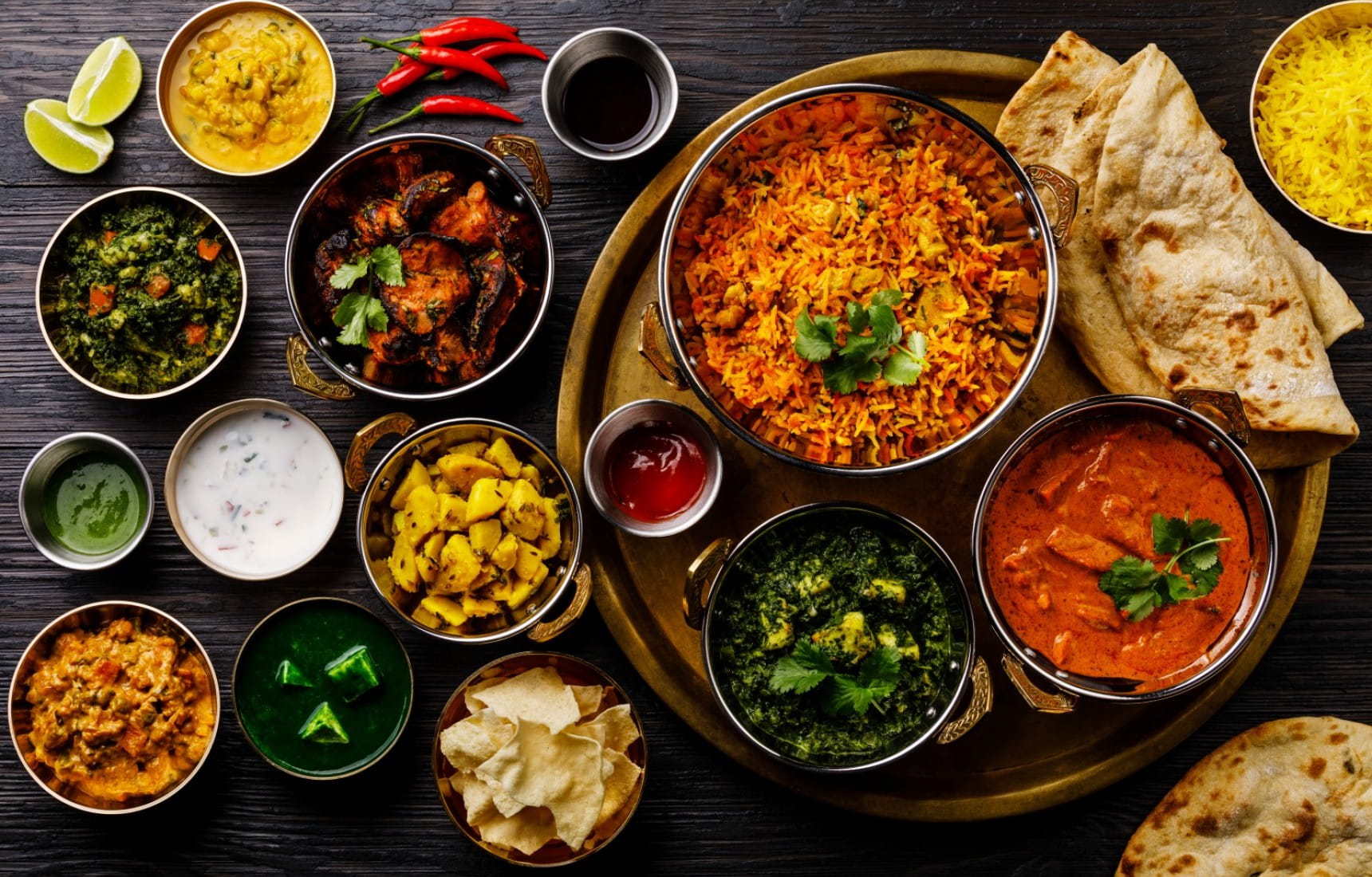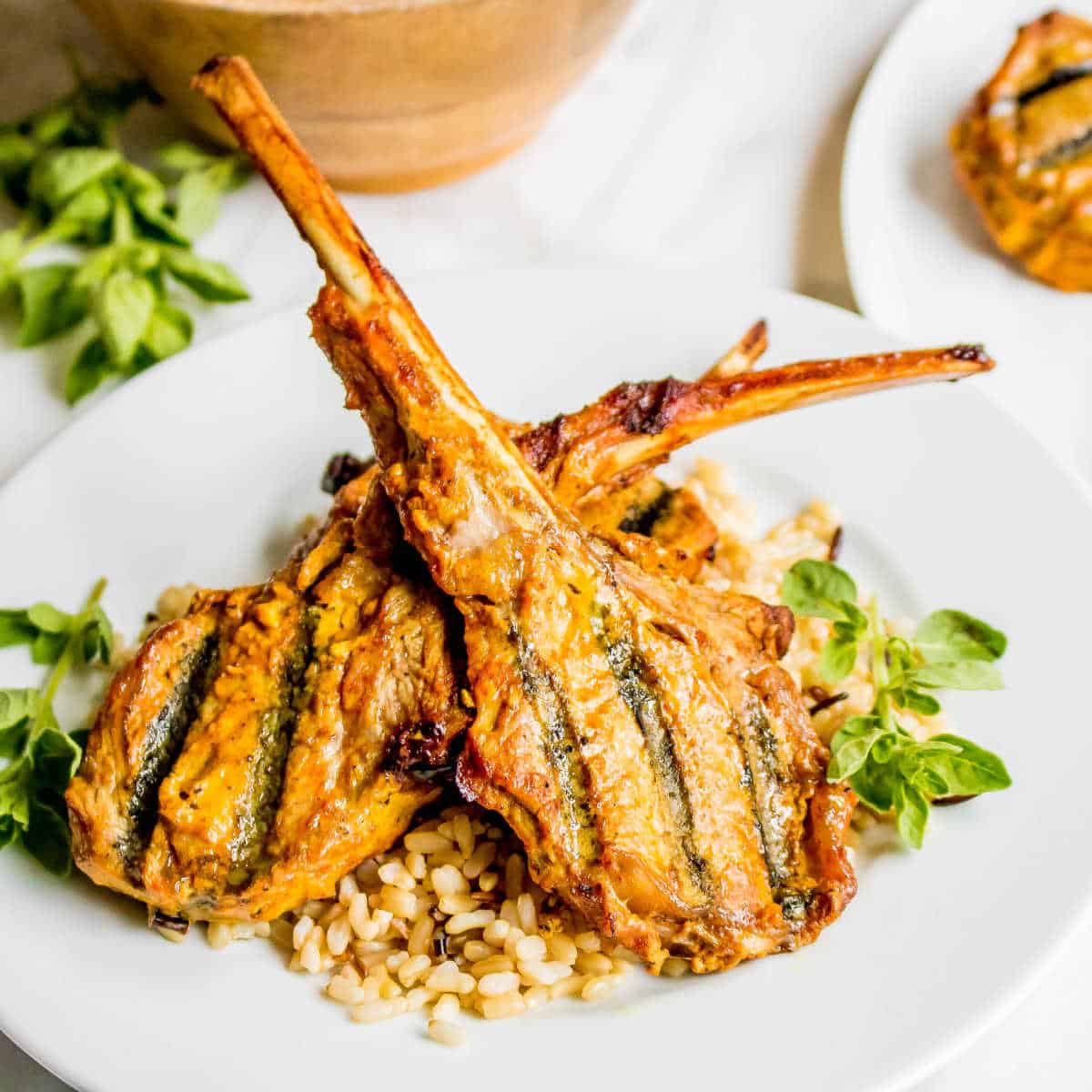Redefining the Wine & Indian Food Quotient.
Ever thought of pairing a table of Indian food with wines? You’ll be surprised at how easy it can be!
Sommelier Devati Mallick examines the need to redefine age-old myths of pairing wines with Indian cuisine
By: Devati Mallick
As published in Sommelier India Magazine, October 2022
Intricate, nuanced, diverse — and delectable! As impossible as it may seem to fully capture the essence of Indian food in a few words, these undoubtedly come close. While there are many beverages that we’d love to enjoy with our meals, wine is perhaps the last one that comes to mind. How do we go about redefining and accepting this unique wine and food pairing in a beer and spirit-loving country? Let’s explore……

The taste of diversity.
In a nation where food tastes vary every 100 kilometres there is no denying that Indian food is incredibly diverse.
To many, it is a complex mix of spices, herbs, flavours and ‘chef’s secret’ ingredients. At the same time, these myriad components create a magical fusion, making it one of the most sensational cuisines in the world. Therefore, many of us have been historically and culturally conditioned to enjoy our food on its own, never really seeing the necessity for a beverage to accompany the multitude of flavours in Indian cuisine.
“Drawing parallels from the European rules of pairing food and wine can be problematic in the Indian context..”
Can they even be paired together?
The idea of pairing wines now comes into the picture with an awareness that wine is governed by an intricate set of rules that have to be followed. But wine traditionally was not a part of India’s diverse cuisines. How then, can rule-bound pairings apply to Indian food?
Drawing parallels from the European rules of pairing food and wine can be problematic in the Indian context. Even the most seasoned wine enthusiast and most devoted of us might end up ordering a glass of crisp, chilled lager instead! Accepting that wine and Indian food can be put together on the same table without it seeming like a painfully daunting task is essential to bridge this gap. That acceptance needs to come organically from the consumer, rather than being coerced. It may need tweaking food and wine pairing rules by devising guidelines specific to our cuisine.
So how does one create simple, yet enjoyable food and wine pairings? The keyword here is ‘simple’ as with wine and Indian food we cannot have both shine through at the same time. The personality of our food is such that you can either let the flavours dominate and pair the dish with an understated wine which just about complements it, or let the wine be the star and keep the dishes as uncomplicated as possible. When in doubt, bubbles seem like a good option to turn to and are also the choice of many Indian sommeliers.

Hear it from India’s top sommeliers…
“Keep it simple,” says Sommelier Pratik Angre, Business Development Manager at Ace Beveragez. “The single best pairing that always works for me is Rawa Fried Bombay Duck with a chilled glass of sparkling wine, preferably a Prosecco.”
I was transported to a Goan beachside restaurant as I thought about this pairing, which aptly simplifies Indian food and wine. Especially when you have a table full of dishes with a variety of textures and flavours — fried, salty, creamy, crunchy or saucy, you can do no better than pair the food with a crisp and refreshing bottle of sparkling wine. A dry rosé is remarkably versatile too when it comes to providing a nice balance with several different dishes.
Apurva Gawande, DipWSET finds a personal favourite in this. “My love for sparkles overrides most other choices. They have the perfect blend of acidity, aromas and bubbles which make them an ideal choice to pair with a range of Indian dishes. The Chandon Rosé is my go-to wine!” she says.

“You can either let the flavours dominate and pair the dish with an understated wine which just about complements it, or let the wine be the star and keep the dishes as uncomplicated as possible.”
Common misconceptions
How does one get past the common misconception that all Indian food is ‘spicy’ or has excessive amounts of chillis? Our cuisine is far too diverse to be generalised under one single heading. The Indian culinary universe encompasses a wide spectrum, from robust, hot spices to more delicate, fragrant ones. Aromatic spices like coriander, cardamom, cumin and cinnamon aren’t at all hot. While we’re talking about spices, let’s also not overlook the curries they season, the protein in them, and the comforting sides of rice and Indian bread that are an integral part of our meals.
A few considerations here can help you deal with the many spice flavours and sides. Aromatic wines are a plus when it comes to enhancing the fragrant spices and the greens of our dishes. Consider easy-drinking Chenin Blancs, Viogniers and Rieslings, or lean Sauvignon Blancs which work well with vegetarian fare and spinach-based gravies. A key takeaway here is to think of fresh and light wines rather than the heavier, richer ones.
Red wines are often underrated when it comes to pairing with Indian food, when in fact, they have the potential to add complexity and can enhance the smoky, tandoori flavours of our favourite meats. Remember to avoid high-alcohol or highly tannic red wines that will make a spicy dish seem hotter. Look instead for low-alcohol wines. Fruit-forward red wines like Gamay, Zinfandel or Merlot also help balance the spice in Indian cooking.
Pairing with white and red wines
Says Sommelier Anushka Pandkar, Wine Ambassador for Pernod Ricard India, “A balance between the acidity, fruit, oak and tannin is what I look for in a wine. My latest go-to red is the Jacob’s Creek Double Barrel Shiraz which has a flavour profile of luscious dark fruit, balanced with cedar, toasted oak, and sweet spice notes. The rich, smooth finish of the wine is best paired with kebabs, robust curries and biryanis.”
As though Anushka had read my mind about the variety of snacks Indians love, she was quick to add, “Be it the regional chaats, namkeens or idlis and dosas, my favourite choice for indulging in these local delicacies is a crisp, fruit-forward and refreshing white wine.”
It is a well-established fact when it comes to Indian food that the old European saying of red wine with red meats and white wine with fish and vegetables does not apply. Agrees Sommelier Abhinav Dewan, “With Indian food, it’s not just the one main ingredient that is the focus but also the various accompaniments — curries, chutneys and more. At a full spread, I would stick to delicate, unoaked whites with the appetizers and most of the curries, and fruity reds for the meat and tandoori dishes.”
Favourite pairings!
My own favourite wine and food pairing is a vibrant, flinty white, possibly an unoaked Chardonnay or a Sauvignon Blanc. This, paired with a simple, no-fuss mustard Bekti fish steamed in a banana leaf — a sensory match made in heaven! I was curious to know what Abhinav’s favourite pairing was! He said, “Over the years, I’ve found myself coming back to a few pairings time and again. One such guilty pleasure is a plate of tandoori lamb chops with a full-bodied red, like an Australian Shiraz or a Southern Rhône blend!”

To spotlight Indian desserts or mithai with which every Indian meal ends such as gulab jamuns, jalebis, rasgullas, barfis and halwas, our desserts are rich, fairly complex and often excessively sweet. Ideally, one might savour them on their own without a glass of wine. But should you wish to up the ante with wine, choose one that is equally sweet or sweeter than the dessert. Don’t shy away from pairing mithai with medium-sweet wines like a Late Harvest Chenin Blanc, or equally sinful dessert wines like Icewine, Sauternes or a Botrytis Semillon.
To conclude..
Much like food, wines too are subject to individual tastes and preferences. While the suggestions here might help you make an informed choice, it is imperative to experiment with different food and wine pairings in order to develop your own palate, and then use it as a compass when combining food and wine.
Indian food doesn’t always have to be paired with wine. But should you choose to do so, it needn’t be a difficult task. It doesn’t have to be a formal or an expensive affair. It could just be a simple glass of wine that touches the heart, much like the essence of Indian food. As long as you enjoy a combination of your choice – let the naysayers be gone!
